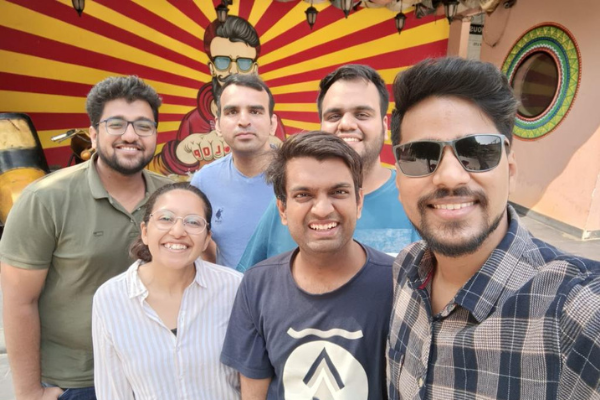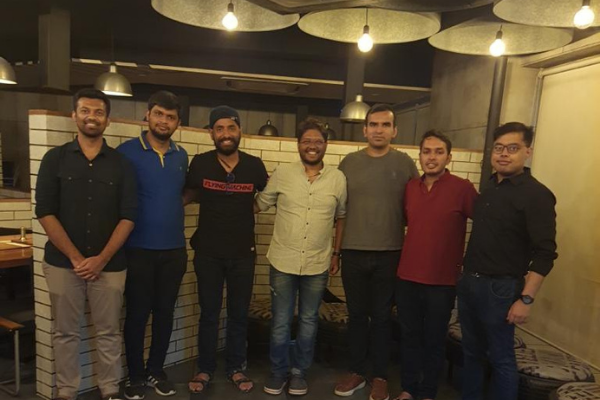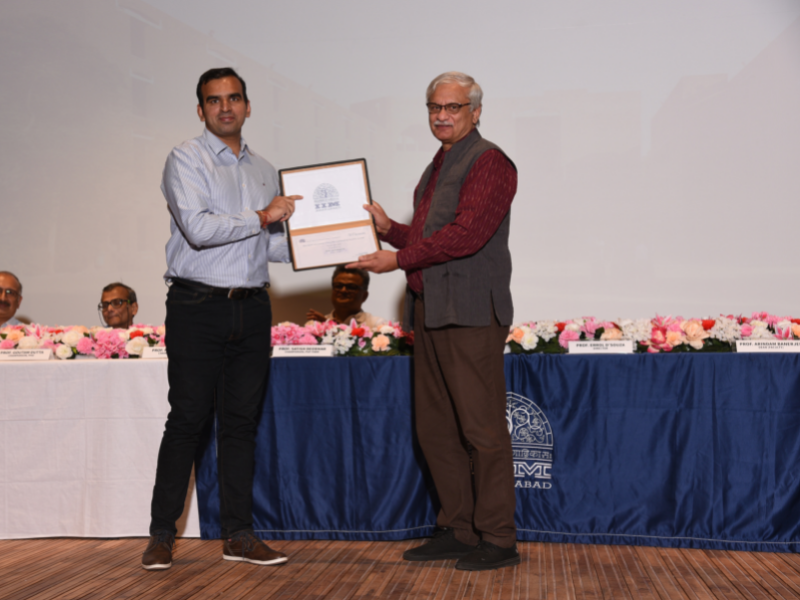1. What do you teach at IIMA?
I teach courses at the intersection of artificial intelligence (AI) and business, i.e., AIM (AI and Marketing), AIDP (Privacy Paradox: Artificial Intelligence and Digital Platforms) and MAIT (Monetising Artificial Intelligence and Technology). All three courses have the common theme of AI and its applications in businesses.
2. What is your teaching process? How do you choose your topics and approach them?
The journey started in October 2020 when I designed and started teaching my first course, AIM. I was nervous as well as excited. I had opened the slots for 40 students. Students were equally excited about the course, and we had a houseful. From the start, I realised the students were smarter than me. Rather than taking it as a teaching exercise - where I would teach and students would simply listen-my thought process was to make it interactive so that both students and I learn from each other (I learnt from them more ?). Although classes were delivered through Zoom, I met students offline, and they were generous with their feedback. One feedback that resonated with me and I incorporated in my next offering was to bring case protagonists to the classroom. The particular suggestion was from two of my awesome students, Meet Sanghvi and Maurice Patel, and we had case protagonists joining in from Tel Aviv, Turkey, New York City and San Francisco. I follow a two-pronged approach to designing courses: (1) The course should be contemporary, i.e., something happening in the industry in the real world, and (2) the course should focus on phenomena and paradigms likely to play out in the near future so that our students can be the pioneers of the revolution.
3. What do you enjoy the most about teaching?
The highlight of my classroom teaching is the interaction with my excellent students. They not only bring divergent views into the classroom but also articulate and put together subtle nuances to the classroom. The energy and the enthusiasm of the classroom are unbelievable.
I also got the opportunity to interact with students outside the classroom, which helped me understand their thought processes and their expectations in the classroom.
4. What is your biggest challenge when it comes to teaching?
I face no challenge as such. It is only a quest to focus on the opportunity cost of the student's time. IIMA students are busy and have a lot of courses and assignments to deal with. Also, the second-year elective courses are allotted through a bidding process-students choose which course they want to enrol in and, therefore, have to forego other courses to get a specific course. I always ensure that I do justice to the time and bid points of the students who choose to sit through my courses. Finally, the aim is to give them a purview of the real world (before they formally enter one) while training them with theoretical frameworks and foundations they can apply to structure the business situations.
5. Are your research work and teaching/teaching process connected?
Definitely! My research informs teaching and vice-versa in multiple ways: Teaching has helped me consolidate and succinctly structure my thoughts. Moreover, my students have great analytical skills and can look at different things from a 360-degree perspective, which has shaped my thinking in the classroom as well.
6. What are your plans for the future courses?
A few PGP courses are in the pipeline, including Diversity Equity and Inclusion in Marketing and Product Growth Strategies. The former will focus on building inclusive products accessible to all irrespective of their age, gender, physical abilities, body type, skin colour, etc. We see a lot of discussions and focus on diversity and inclusion from a hiring perspective, but this course is an attempt to equip our students with the ideas and tools to build inclusive products. Product Growth Strategies will encompass frameworks for firms that they can leverage to grow. I will co-teach this course with Ajay Datta, Product Head, LinkedIn India.
7. What is your perspective on the case method of teaching?
Case-based teaching is one of the best ways to foster a learning environment in the classroom, and I incorporate different cases from different industries in all my classes. It provides an equal environment for everyone in the classroom to contribute meaningfully. I plan to continue with the case-based teaching pedagogy for all my classes.



 |
 |

About The Author
Prof. Anuj Kapoor
Anuj Kapoor (anujk@iima.ac.in) is a faculty in the Marketing Area.